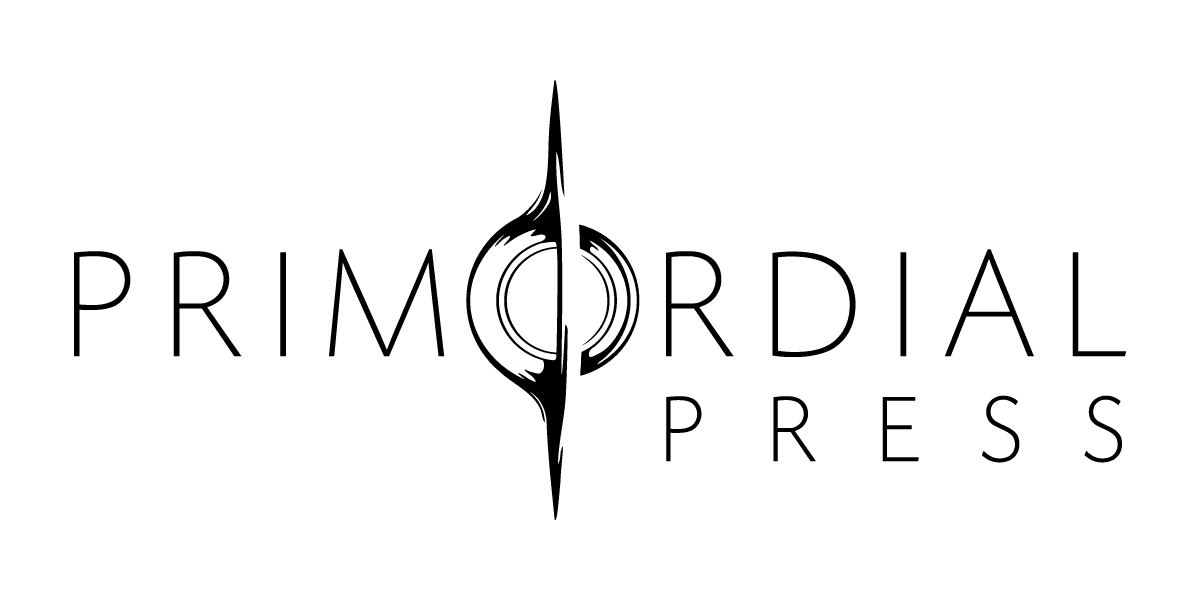
Publishing in the Indie Zone
This will be an unusual post for me… I’ll use two terms that aren’t necessarily in everyone’s vocabulary: Indie and Tradpub.
By using the term Indie, I mean a book written by an Independent publisher (over self-published).
Tradpub is shorthand for Traditionally Published, meaning published by a traditional publisher with on-hand editing staff and all the normal accoutrement associated with businesses that have traditionally gotten books get on shelves.
This is also not intended to disparage either side, but simply a sober realization of what the current state of Indie-produced versus Tradpub-produced content is.
That being said, let’s dive in.
Books that come from Indie authors often have a mixed reputation. I know it, you know it, if you’d argue the point, you’re somewhat deluded. There is a touch of stigma to the Indie-produced book.
Why? Is it TradPub hating on the Indie industry because they’re awful people?
No… let’s be realistic about the kind of stories that are “published” or made available for purchase nowadays by both Indie and TradPub.
Let’s start at the worst Rating of a 0 to 5.
0 – Don’t torture me like this! Barely intelligible English, no perceivable story, even your mom wouldn’t say this was any good. [can occur only in an Indie market].
These people have an Amazon rating that scrapes the bottom of the barrel. When you see it, your eyes widen and it inevitably makes you feel sorry for the poor schmuck who wrote it.
Net Earnings: $0 – which isn’t bad, because you know that they spent about 2 hours thinking about what font to use on their cover, and just ended up with a black and white cover with a comic sans font on it (sometimes even forgetting to put their own name on it), very much resembling a sixth grade cover letter you’d have written back in the day.
1 – Are you serious? Sentences may exist, but often they lack proper punctuation. The author is in love with run-on sentences and often you encounter page-long paragraphs. However, most of you didn’t get that far, because how interesting is the life story of a mysterious man with a “black hat” who does nothing mysterious at all, other than wearing a “black hat.” Mom loved this story. [Again, only Indie markets produce these.]
The Amazon rating on these are having really up days when they for a day or two crawl above the 7-digit ratings because someone accidentally bought it, thinking it was the historical dissertation on a chapeaux that they’d been looking for all their lives. These books often have no star ratings whatsoever.
Net Earnings: $0 almost certainly, but often negative, since the author heard somewhere on the internet that they need to spend hundreds of bucks on a nice book cover and it’ll make them rich.
2 – Sigh… Okay, we have someone who really is trying. The grammar is passable, sentence structure seems passable as well. Often the story is all over the place. [This is the staple of the Indie market by volume – in other words, many Indie novels are in this category. Don’t get me wrong, Tradpub has a few of these as well, but much less so.]
The Amazon rating is actually not horrifying. It’s often in the 6-digit range, which means it gathers occasional sales, but not reliably so.
Net Earnings: a quarterly celebration with a big Mac combo dinner, for one.
3 – Now we’re talking! This person has mastered English, woohoo! And the story actually makes sense. I may not like it much, but I might not be mad at having spent $5 on it. Very debatable if I’d go back to the author’s other works, but I’m not mad. [Indie does this a lot, and Tradpub is seeing more and more of this nowadays.]
The Amazon rating is anywhere from decent to not terrible.
Net Earnings: enough to buy the family a dinner (Fast Food) once a month, or maybe even once a week. There’s a large variance here.
4 – Shut up, I’m busy reading! Okay, whoever did this knows what they’re doing. A good story, I’m hooked quickly, and once I’m done, I’m gonna start looking for whatever else this person has written. [Less Indies do this than I’d hope, but there’s plenty of them that do, you just need to find them. This is Tradpub’s bread and butter. Their goal is to have the majority of their stuff be in this category.]
The Amazon rating for these books are often in the 4 digits and low five digits.
Net Earnings: that’s it bitches, I’m an author and I’m doing this as a career. With enough books of this sort, an Indie can definitely make a living at this. Tradpub authors have a much harder time of it, since they tend to push less quantity per year and get a smaller slice of the pie.
5 – Where has this been all my life – this stuff is life changing! Not only a good story that hooks you right away – once you’re done, you’re in a dream-like state thinking about the story, the characters, weeping over a dead one, or hoping the next book lets the lost lovers finally meet. [Rare events in both the Indie and Tradpub world – but both have them.]
The Amazon ratings on this can be chart-toppers. Some of these you’ll see on the NYT bestselling list not just for one week or maybe two, that’s the domain of #4 – these are books that are on the charts for many weeks, months, or even years.
Net Earnings: you sleep on a pile of cash, regardless of who you are.
— so, given the breakdown of the types of books and dispersion of where Indies tend to land, we run the gamut, but the Indie bell curve is generally left of the Tradpub one – because you know as well as I there’s lots and lots of Category 0-2 out there in the Indie world, where Tradpub has less of that.




